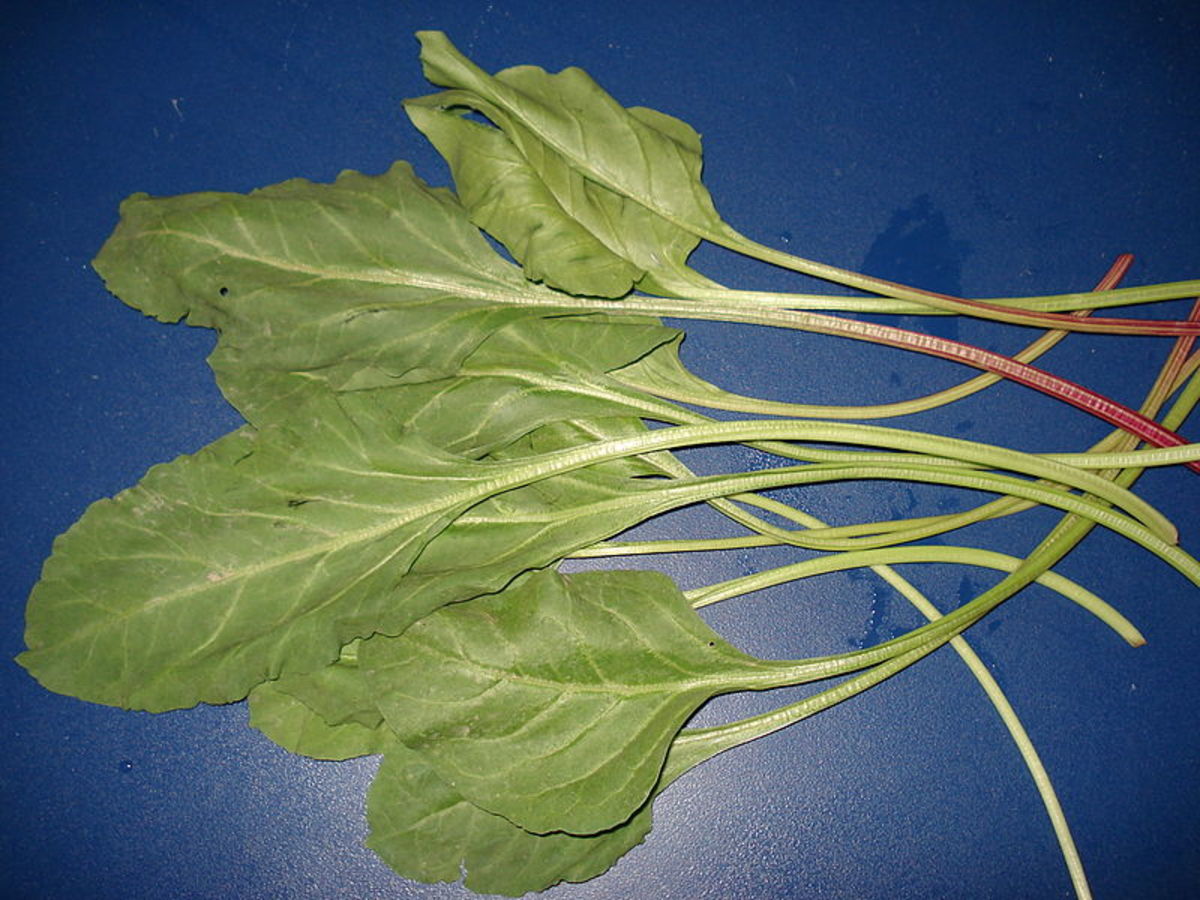Effects of Dust
Dust is composed of tiny particles of many kinds of solid materials. The particles have diameters of less than 0.0025 millimeters (0.0001 inches); a million typical dust particles would have a total volume equal to about one grain of sand. The particles consist of minerals, organic matter, soot, radioactive materials, and salt from evaporated sea spray. In relatively pure air there are fewer than 500 particles of dust per cubic centimeter (1 cc = 0.06 cu inches), whereas dirty air may contain more than 50,000 particles per cc. Inside a house where there is much activity, the concentration of organic dust alone may reach 100,-000 particles per cc; the particles include bacteria, spores, and bits of cotton, wool, wood, and hair, in addition to the usual amounts of soot and minerals.
Source of Dust
Natural sources of dust are volcanoes, dry land areas, sea spray, forest fires, meteorites, plant spores, and bacteria. Man also contributes great amounts of dust to the atmosphere, directly and indirectly. By cultivating semiarid land and thus removing wild grasses whose roots stabilize the soil, he has exposed dry soil to the wind and created recurrent dust bowls. Smoke from industry and from burning refuse and radioactive materials from nuclear explosions are among man's direct contributions to atmospheric dust.
Distribution of Dust
The average number of dust particles suspended in the open atmosphere is about 15,000 per cc over land areas and 200 per cc over the oceans. The particles are mostly minerals. Concentrations decrease upward; at heights of more than 50,000 feet (15,000 meters) there may be only 5 to 35 particles per cc. Over dry, windswept land surfaces the concentration sometimes is great enough to reduce visibility to a few yards. Dust and smoke haze over cities may reduce visibility to a mile or so.
The frictional drag of wind on dust particles is proportional to the square of their diameter; the force of gravity on them is proportional to the cube of their diameter. Thus, the smaller the particle is, the more effective is wind drag in carrying it aloft and holding it in suspension. Very small particles may remain aloft for years. Particles larger than 0.004 mm in diameter fall out of the atmosphere in a short time.
Measuring Dust
Dust concentrations can be measured with the Aitken dust counter, a chamber in which a sample of air is collected, mixed with moist pure air, and forced to expand by suction. The expanding air cools, and droplets of water condense on the dust particles. The droplets settle on a plate and are counted under a microscope. Dust concentration also can be determined by exposing a plate covered by an oil film that collects the particles, or by drawing air through a porous material that retains them. Rough estimations of dust content can be made from the degree of visibility through the atmosphere (when fog is absent) and from the intensity of the colors of sunrise and sunset.
Beneficial Effects of Dust
Dust is both beneficial and harmful. If there were no dust in the atmosphere, much less rain and snow would fall, because dust particles are the nuclei on which are formed the water droplets and ice crystals of clouds. In order for water vapor to condense in the absence of dust, the relative humidity would have to be very much greater than 100$. Two kinds of particles may be distinguished. Hygroscopic nuclei are soluble particles that can convert water vapor into liquid water droplets at less than 100% humidity. Sublimation nuclei are nonsoluble particles on which water vapor is deposited in the form of ice.
The beauty of sunsets is due to the scattering of light by dust particles. Blue light is scattered more than red light, giving the glorious reds and oranges of sunset. For a short time at sunset, the blue of the sky merges with the red near the sun, producing the delicate "purple light" A major volcanic eruption injects many very fine particles into the high atmosphere. These particles persist for a year or more and create extremely colorful sunsets.
Harmful Effects of Dust
The time and money spent on ridding homes, offices, streets, and clothing of their accumulated dust is incalculable. Dust inhaled in normal quantities is ejected by the lungs, but in greater concentration it may accumulate instead. This leads to such diseases as silicosis, which occurs among workers exposed to silica dust produced by grinding and drilling operations, and which in turn may result in tuberculosis. In addition, radioactive dust from nuclear explosions continually falls to earth or is washed down by rain. It presents a potential danger of overexposure to radioactivity, especialry to those radioactive substances that are absorbed and retained by the body. Finally, dust storms remove valuable topsoil and reduce the productivity of farmlands.
Control of Dust
To control dust, streets are sprinkled in dry weather, air conditioners are used to filter indoor air, and, in periods of severe drought, farmlands may be deep-plowed to bring hard clay up to cover the topsoil. In industries where workers or machinery are adversely affected, dust can be filtered at the source where it is produced, or workers may wear protective masks. The ultimate effects on human health of dusts produced by modem industry, transportation, and agriculture are not yet well known. Dust is but one of the many pollutants that are by-products of man's increasing standard of living and are at the same time a threat to his survival.
This content is accurate and true to the best of the author’s knowledge and is not meant to substitute for formal and individualized advice from a qualified professional.








